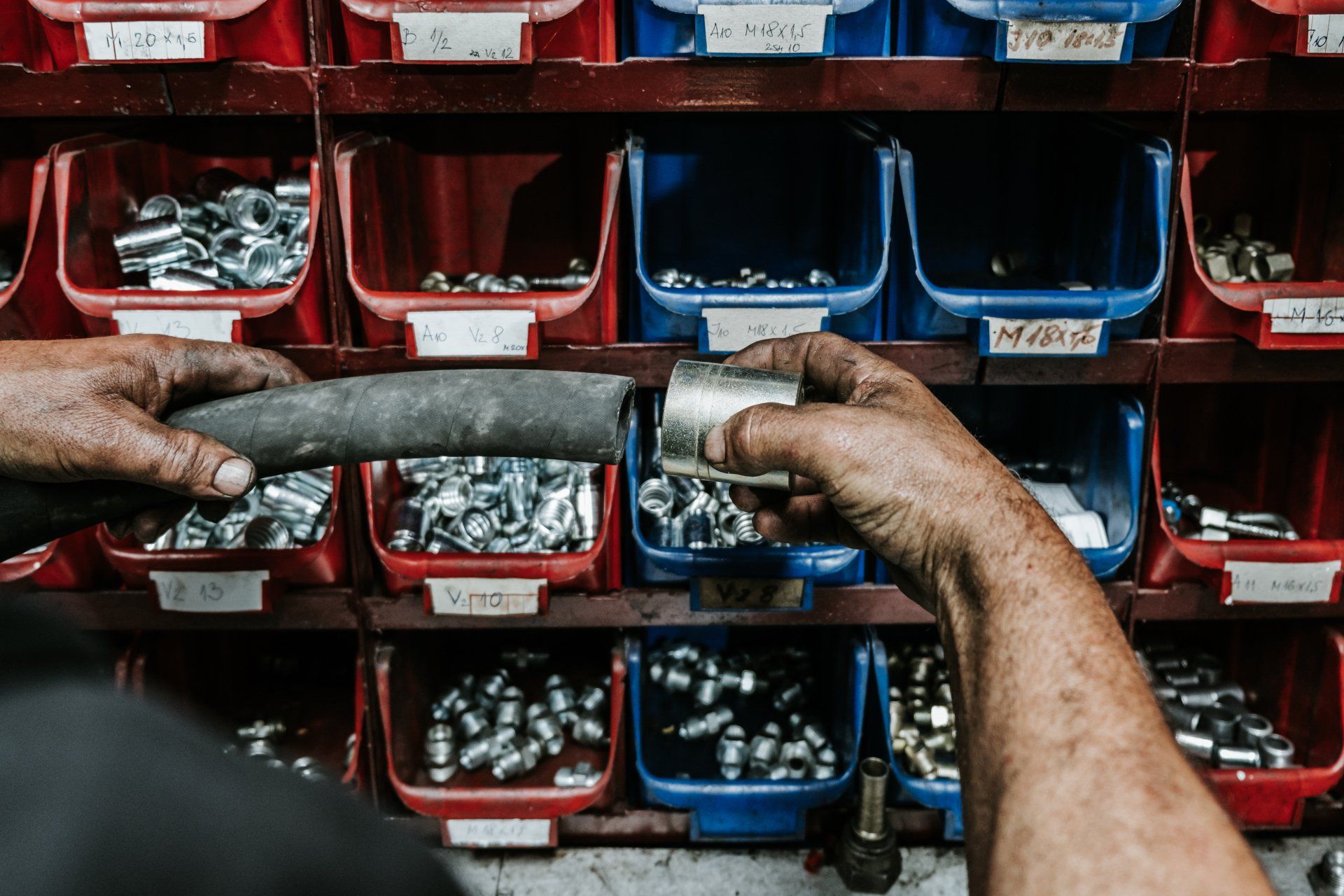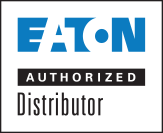Hydraulic Hose Crimping
A well-crimped seal is essential to a functional and efficient
hydraulic hose. But just how does the job get done?
A good, tight, even
crimp secures the hose connector in place and allows the fluid to move through freely without leaks. To properly crimp your hose, you’ll need a crimper that is designed for use on a specific hose diameter. You should choose your crimper based on the hose you’ll be using, not the other way around.
When assembling your hydraulic hose setup, you should choose an appropriate hose based on a few factors: size, temperature, application, media and pressure. While these factors are all important to the functionality of your hydraulic system, size dictates which crimper you’ll use to secure the fitting. The hose size is measured in diameter, and the one you choose can affect the cost, pressure capability, rate of flow, and operational efficiency.
The Tools
To crimp a hydraulic hose, you can use one of two methods: hand crimping or hydraulic crimping. Both are equally effective and can yield high-quality crimps, but which one you use depends on your performance needs (including crimp force and maximum crimp, the materials being used, and sometimes even the brand of hose and/or equipment being used.
Hand crimpers
As their name would suggest, these tools are manually operated. Their portability and relative ease of use make them ideal for small-scale crimping jobs. Hand crimpers are most often used for piecework, low-volume manufacturing, and mobile assembly. Most welders and electricians will carry around a hand crimping device in their toolbag. The device has a tray that opens up, and you can slot in the appropriately-sized crimper dies for the job, meaning they’re pretty versatile and simple to use.
The downside of these handheld tools is that they are slightly less precise than their hydraulic-powered counterparts. Hydraulic tools employ something called ‘automatic crimp diameter’ measured in micrometers, which ensures the closest, most precise crimp on the hose. Hand crimpers simply rely on the good judgment of the user, and although they’ll get the job done, ultra-fine and exact crimping may be better achieved using a hydraulic-powered device.
Hydraulic crimping tools
Hydraulic crimping tools are considerably more expensive than hand crimping tools, but they are also far more effective for crimping high-volume runs. These tools are preferable for demanding industrial environments, where crimping is a regular operation, and heavy-duty machinery is needed for maximum speed and precision.
These devices are typically much larger, heavier, and more sophisticated than their handheld counterparts. It’s also faster and more powerful, capable of churning out multiple tight, exact crimps at relative speed. However, some hydraulic crimping tools have limited versatility, as the crimping dies compatible with the machine strongly encourage the user to source parts from the same manufacturer.
For a professional-quality hydraulic crimp, a wide variety of tools to get the job done and knowledgeable assistants who can answer all your questions,
Action Supply is the go-to source for all things industrial.





